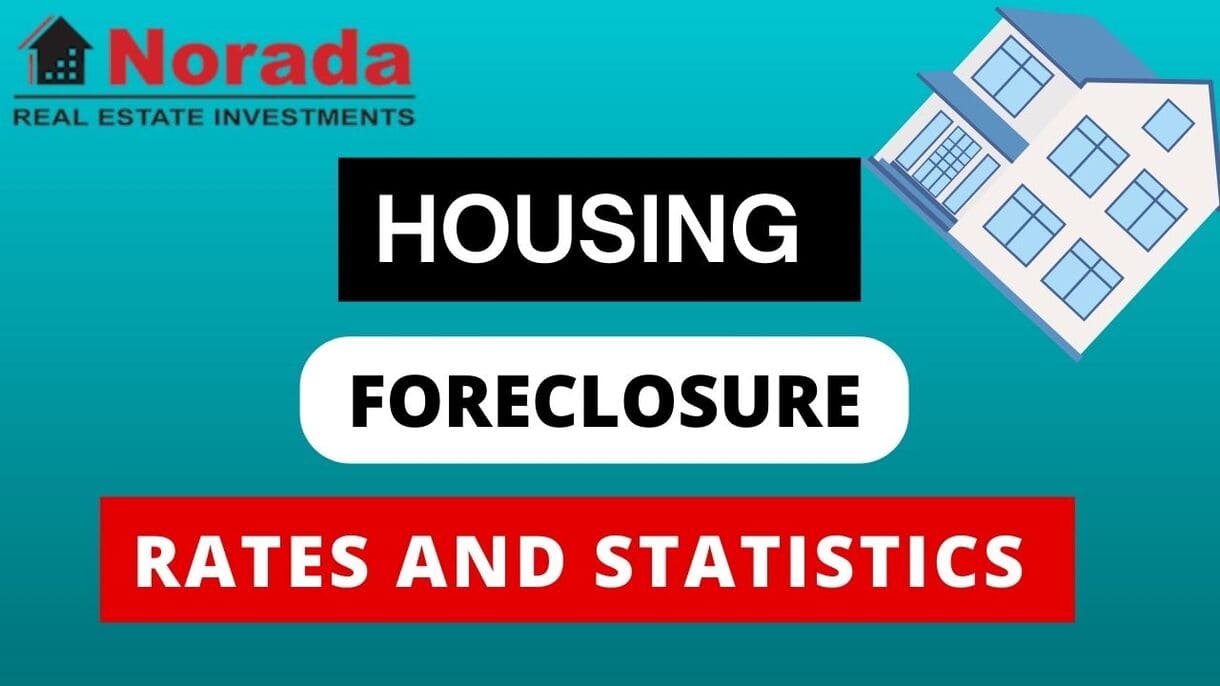Ever wondered if there's a secret sweet spot on the calendar to list your house and watch those offers soar? Well, according to recent data, there absolutely is! Pinpointing the top 10 best and worst days to sell a home can significantly impact the final sale price you pocket. Based on an analysis of over 47 million property sales over the last decade, timing your listing around late spring and certain winter months could mean thousands of extra dollars in your bank account. Conversely, listing around holidays or the late fall might leave money on the table. Let's dive into the specifics and uncover the golden days – and the ones to definitely avoid – when putting your property on the market.
Top 10 Best and Worst Days to Sell a Home in 2025
Why Timing Matters When Selling Your House
It might seem like selling a home is all about the property itself, and while that’s undeniably crucial, the timing can be just as influential. Think about it: the real estate market isn't static. It ebbs and flows with the seasons, economic trends, and even just the general mood of buyers. For instance, springtime often sees a surge in buyer activity. Families want to settle in before the school year starts, and the warmer weather makes house hunting more appealing. This increased demand can naturally drive up prices.
On the other hand, consider the holiday season. People are often preoccupied with travel, family gatherings, and festive spending. Buying a home might not be their top priority, leading to fewer potential buyers and potentially lower offers. Understanding these cyclical patterns can give sellers a significant advantage. It's not about manipulating the market, but rather strategically positioning your property to align with periods of high buyer interest and less competition.
From my experience in the real estate world, I've seen firsthand how a well-timed listing can generate more buzz and competitive offers. It's like fishing – you want to cast your line when the fish are biting! The data from ATTOM sheds light on precisely when those “biting” times are.
The Golden Window: The Top 10 Best Days to Sell a Home
Let's get down to the nitty-gritty. According to ATTOM's analysis, these are the top 10 days of the year when sellers have historically seen the highest premiums above market value:
- May 27: The absolute champion, boasting an average seller premium of a whopping 14 percent.
- May 26: Hot on its heels with a premium of 13.7 percent.
- March 31: A strong contender in the early spring, delivering a 12.9 percent premium.
- March 30: Right before it, offering a solid 12.6 percent premium.
- April 28: Late April continues the trend with a 12.5 percent premium.
- April 29: Another excellent day in April, yielding a 12.2 percent premium.
- March 29: Closing out a strong March with a 12.1 percent premium.
- May 25: Late May still holds significant potential with a 12 percent premium.
- June 30: The end of June still offers a respectable 11.9 percent premium.
- February 24: An unexpected but welcome entry from late winter, showing an 11.6 percent premium.
It's fascinating to see a concentration of top days in late spring (May) and late March/April. This strongly supports the idea that the traditional spring buying season is indeed the most lucrative for sellers. However, the appearance of a day in late February suggests that getting a head start on the spring rush can also pay off handsomely.
Personally, I've always felt that late spring has a certain energy in the real estate market. Buyers are motivated, the weather is pleasant for showings, and there's a sense of optimism in the air. This data seems to confirm that intuition.
Navigating the Danger Zones: The 10 Worst Days to List or Sell a Home
Just as there are prime times to sell, there are also periods you might want to avoid if maximizing your profit is the goal. Here are the bottom 10 days, according to ATTOM's findings, where sellers have historically seen the lowest premiums:
- December 24: The absolute bottom, with an average seller premium of a mere 3.5 percent.
- December 26: Right after Christmas, still a tough time with a 4.2 percent premium.
- November 6: Early November shows a lower premium at 4.5 percent.
- November 13: Mid-November isn't much better, also at 4.6 percent.
- December 4: Early December also falls into the lower premium range at 4.6 percent.
- September 11: Mid-September sees a premium of 4.6 percent.
- October 2: Early October offers a slightly better but still low 4.7 percent premium.
- October 9: Another day in early October with a 4.7 percent premium.
- December 31: New Year's Eve is understandably not a prime selling day, with a 4.8 percent premium.
- October 23: Late October rounds out the bottom ten with a 5.0 percent premium.
The prevalence of days in late fall and around the winter holidays is quite telling. As I mentioned earlier, buyer focus tends to shift during these times. People are often busy with other priorities, and the urgency to buy might decrease. This can lead to fewer offers and less competitive pricing.
I've often advised clients to hold off listing right before or during major holidays if they have the flexibility. The slight delay can sometimes translate into a significantly better outcome financially.
Beyond Specific Days: Broader Trends and My Two Cents
While these specific days offer valuable insights, it's also important to consider the broader trends they highlight:
- Spring is King: The data strongly suggests that late spring, particularly May, is a prime time to sell. The combination of favorable weather, families looking to move before the school year, and a general uptick in market activity creates a seller-friendly environment.
- Avoid Holiday Hubbub: Listing around major holidays, especially those in late fall and winter, tends to result in lower premiums. Buyer focus is often elsewhere, leading to less competition and potentially lower offers.
- Early Birds Get the Worm (Sometimes): The presence of late February in the top 10 indicates that getting ahead of the traditional spring rush can be advantageous. Less competition early in the season might attract eager buyers.
- Fall Can Be Fickle: While not all fall days are bad, the prevalence of October and November in the bottom 10 suggests a general cooling of the market after the summer.
From my perspective, while the data provides a fantastic statistical overview, it's crucial to remember that the real estate market is also influenced by local factors. What works best in one area might be slightly different in another. Factors like local economic conditions, inventory levels, and even community events can play a role.
Therefore, my advice is always to combine this broader understanding of the best and worst times with the specific insights of a local real estate professional. They can provide context based on your particular market and property.
Maximizing Your Sale: Practical Tips Based on This Data
So, what can you actually do with this information? Here are some actionable tips for sellers:
- Plan Your Listing Date Strategically: If your timeline allows, aim to list your property in late spring (May) or consider a late February/early March launch to capitalize on potentially higher premiums.
- Be Mindful of Holidays: If possible, avoid listing your home in the weeks leading up to and immediately following major holidays, especially those in late fall and winter.
- Consult a Local Expert: Discuss these trends with your real estate agent. They can provide valuable insights specific to your local market and help you fine-tune your listing strategy.
- Prepare Early: Even if you're aiming for a spring listing, start the decluttering, repairs, and staging process well in advance to ensure you're ready to go when the time is right.
- Stay Flexible: While the data provides historical trends, the market can shift. Be prepared to adjust your strategy based on current conditions and your agent's advice.
Ultimately, selling your home is a significant financial decision, and understanding market dynamics, including the best and worst times to list, can empower you to achieve the best possible outcome.
Work with Norada in 2025, Your Trusted Source for
Real Estate Investments in the U.S.
Discover high-quality, ready-to-rent properties designed to deliver consistent returns.
Contact us today to expand your real estate portfolio with confidence.
Contact our investment counselors (No Obligation):
(800) 611-3060
Recommended Read:
- Is It Harder to Buy a House Now Than 50 Years Ago?
- Should You Buy a House in Spring 2025 or Wait?
- Is Now a Good Time to Buy a House with Cash in 2025?
- Month of “May” is the Best Time to Sell Your House in 2025
- Is It a Good Time to Sell a House in 2025?
- Should I Sell My House Now or Wait Until 2026?
- Should I Buy a House Now or Wait Until 2025?
- Best Time to Buy a House in the US: Timing Your Purchase
- Is Now a Good Time to Buy a House? Should You Wait?
- The 2025 Housing Market Forecast for Buyers & Sellers
- Why Did More People Decide To Sell Their Homes in Fall?
- When is the Best Time to Sell a House?
- Is It a Buyers or Sellers Market?
- Don't Panic Sell! Homeowners Hold Strong in Housing Market




